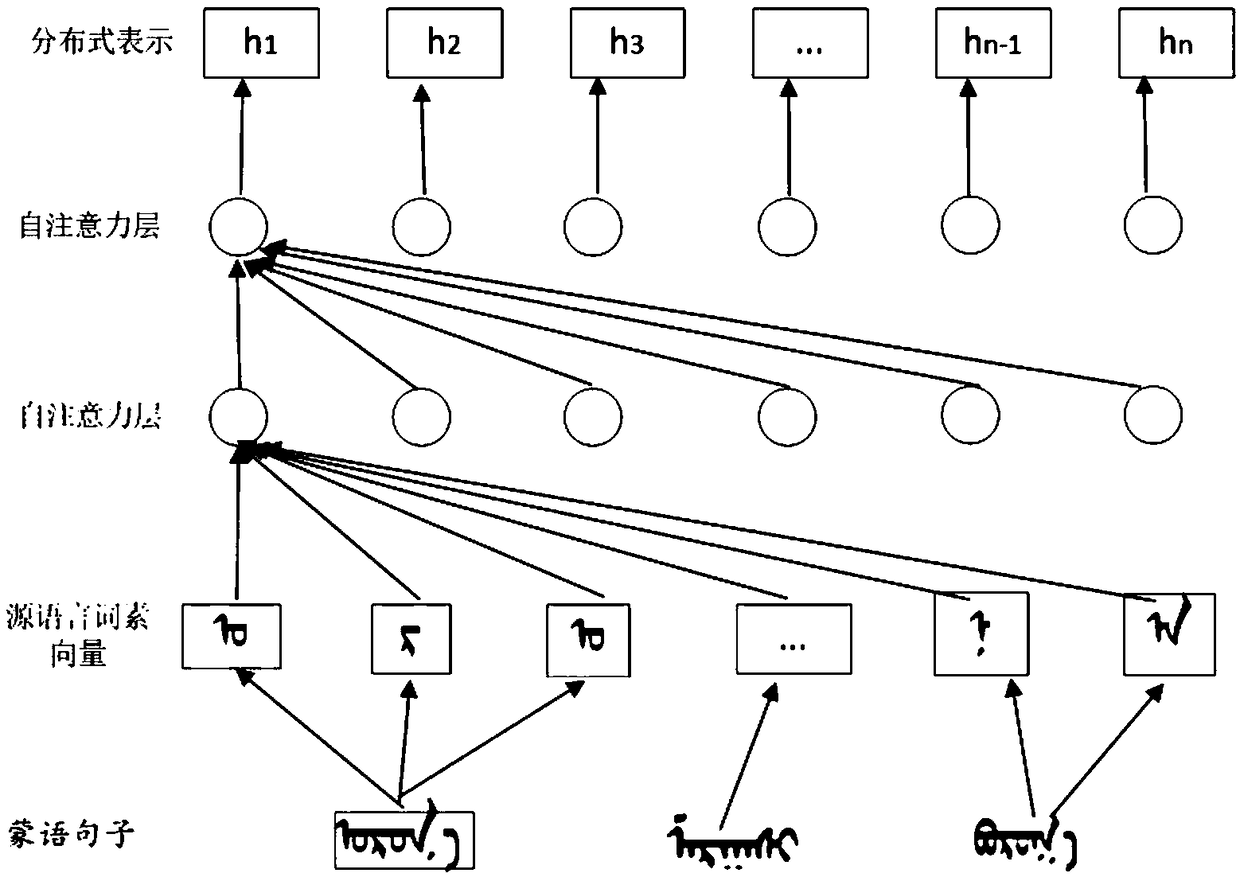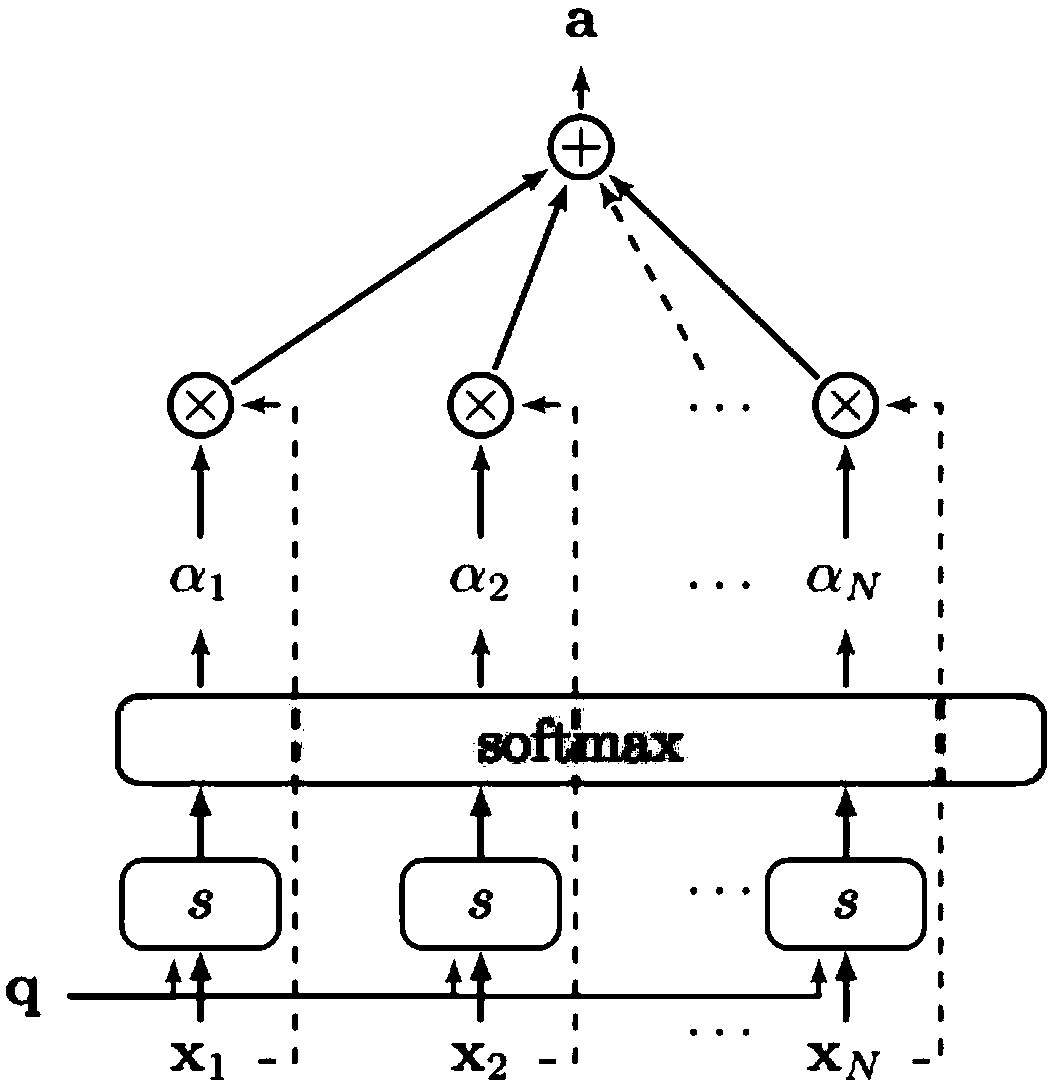Mongolian-Chinese machine translation method for enhancing semantic feature information based on Transformers
A technology of machine translation and semantic features, applied in the field of machine translation, can solve problems such as loss and multi-information, and achieve the effects of improving quality, easy capture, and reducing sparsity
- Summary
- Abstract
- Description
- Claims
- Application Information
AI Technical Summary
Problems solved by technology
Method used
Image
Examples
Embodiment Construction
[0044] The implementation of the present invention will be described in detail below in conjunction with the drawings and examples.
[0045] A Mongolian-Chinese machine translation method based on Transformer of the present invention firstly preprocesses the Mongolian corpus, and then uses word2vec to generate a word vector correlation model as the research background, and integrates the influence of depth, density, and semantic coincidence on concept semantic similarity, The similarity algorithm that integrates semantic distance and information content establishes a similarity matrix, and then conducts principal component analysis, converts the similarity matrix into a principal component transformation matrix, calculates the contribution rate of the principal component, and uses it as a weight for weighting processing to obtain the final The conceptual semantic similarity of the concept; the Transformer model is finally adopted in the translation process, thereby completely r...
PUM
 Login to View More
Login to View More Abstract
Description
Claims
Application Information
 Login to View More
Login to View More - R&D
- Intellectual Property
- Life Sciences
- Materials
- Tech Scout
- Unparalleled Data Quality
- Higher Quality Content
- 60% Fewer Hallucinations
Browse by: Latest US Patents, China's latest patents, Technical Efficacy Thesaurus, Application Domain, Technology Topic, Popular Technical Reports.
© 2025 PatSnap. All rights reserved.Legal|Privacy policy|Modern Slavery Act Transparency Statement|Sitemap|About US| Contact US: help@patsnap.com



